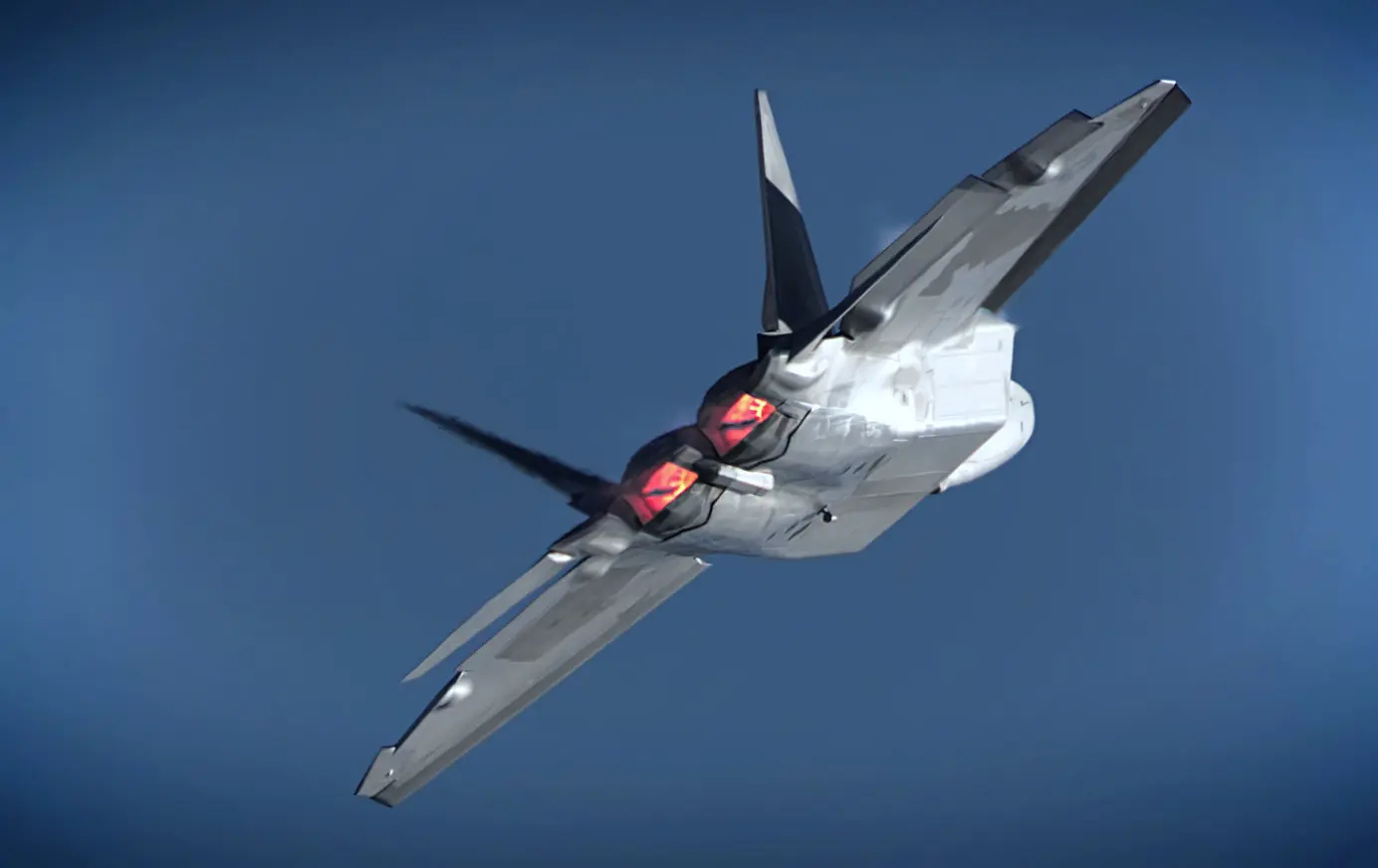
What Engine Does the F-22 Raptor Use?
The F-22 Raptor uses two Pratt & Whitney F119-PW-100 turbofan engines, providing high thrust levels. Learn more about the powerful engines of the F-22 Raptor here.
Table of Contents
The F-22 Raptor, often hailed as the most advanced fighter aircraft in the world, has garnered awe and admiration from aviation enthusiasts and military experts alike. While its sleek design, stealth capabilities, and cutting-edge avionics have repeatedly stolen the spotlight, it is the engine that propels this magnificent aircraft to unrivaled heights and speeds.
The F-22 Raptor's qualities would mean little without the engines that lie deep within its core – the formidable power plant that enables this advanced fighter to excel in both supersonic and stealth operations.
Known as the Pratt & Whitney F119-PW-100, this remarkable engine is designed to produce the unprecedented power the F-22 Raptor needs.
In this blog post, we will explore the workings of the F119 engine, examining its innovative design, unique features, and the groundbreaking technologies incorporated within its structure. From advanced materials that withstand extreme temperatures to the engine's high thrust-to-weight ratio, we will uncover the impressive engineering behind the F-22's propulsion system.
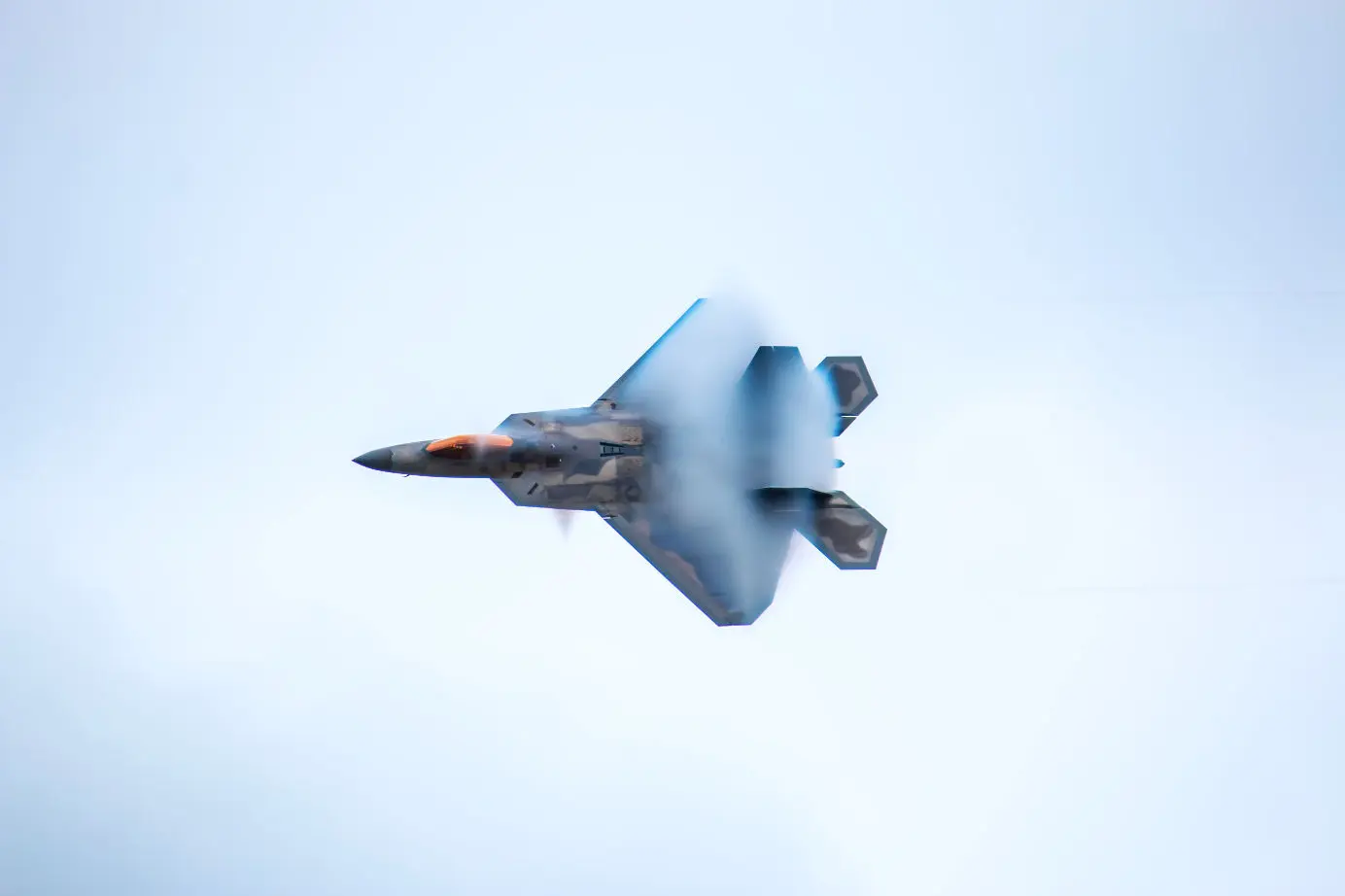
Stealth is key in the F-22 Raptor, and the engines had to comply with a low observability theme when designed. We will examine how its exhaust system contributes to the aircraft's stealth characteristics, cleverly disguising its presence from adversaries.
Join us in exploring the heart of the F-22 Raptor, unveiling the mechanics behind its engine – the driving force that empowers this extraordinary aircraft to push the boundaries of aerial combat capabilities.
The F-22 Raptor's Engines: The Pratt & Whitney F119
The Pratt & Whitney F119 engine is a high-performance, low-bypass turbofan jet engine. It was specifically developed for the fifth-generation stealth fighter, the Lockheed Martin F-22 Raptor, and each F-22 comes with two engines.
The F119 engine is a dual-spool, axial flow turbofan with an afterburner. It features a three-stage fan at the front, followed by a single-stage low-pressure turbine, which draws in and compresses incoming air. The compressed air then enters a six-stage high-pressure compressor, which is further pressurized. This compressed air is then mixed with fuel and ignited in the combustion chamber, which drives the single-stage turbine. The turbine provides the power required to drive the fan and compressor.
One of the key features of the F119 engine is its thrust vectoring ability. This means that the engine nozzle can be maneuvered to direct the exhaust gases up and down, allowing for improved maneuverability and control of the aircraft. The engine also includes an afterburner, which injects additional fuel into the exhaust gases to temporarily increase thrust, useful for high speeds or quick acceleration.
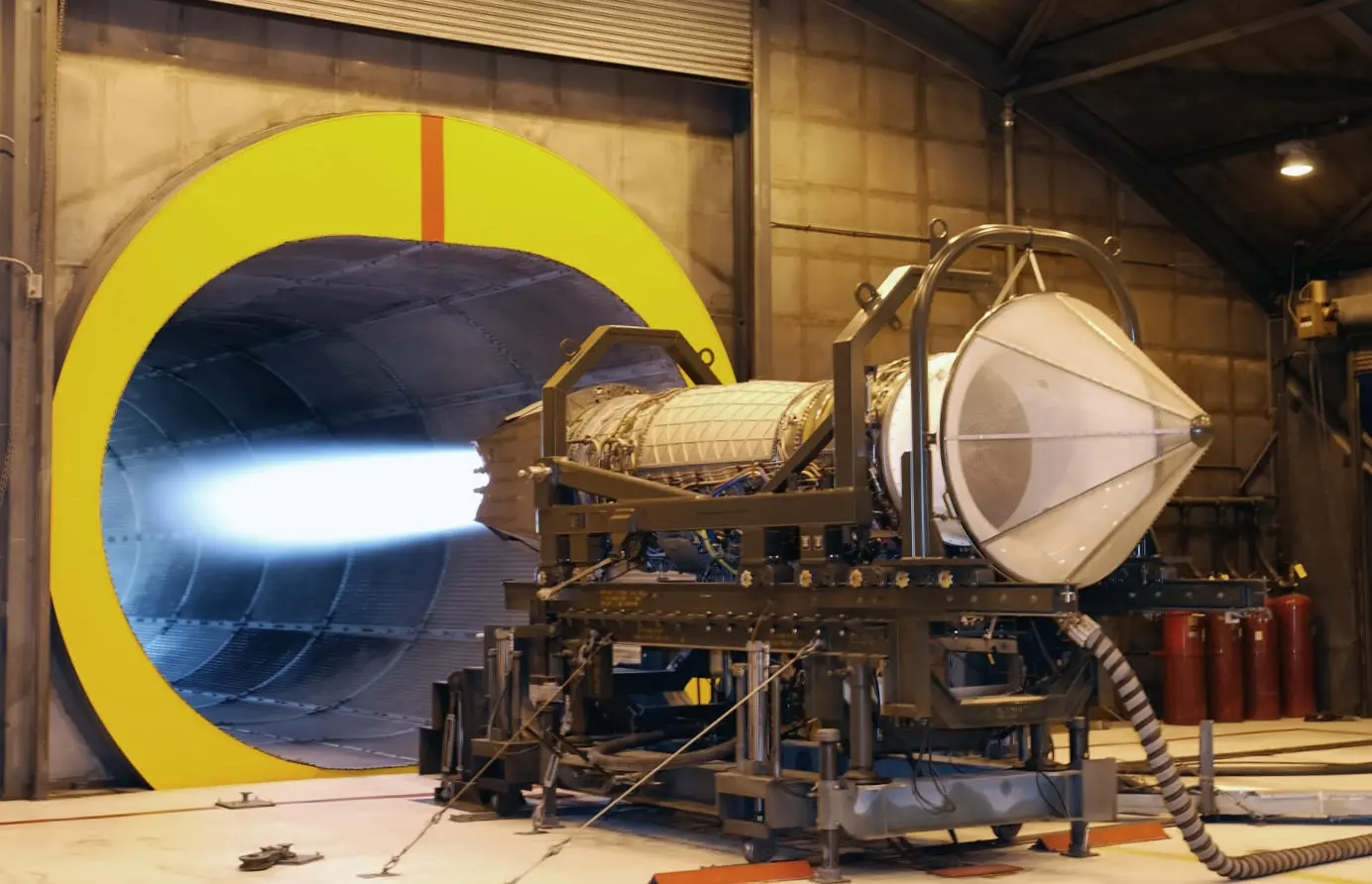
Pratt & Whitney designed the F119 engine to provide exceptional power and performance. With the afterburner engaged, it can produce a maximum thrust of approximately 35,000 pounds, enabling the F-22 Raptor to achieve supersonic speeds and exceptional maneuverability.
The F119 engine incorporates advanced materials and technologies to ensure durability and reliability. It features a full authority digital engine control (FADEC) system, which constantly monitors and adjusts various engine parameters for optimal performance and protection. The engine also undergoes rigorous testing and maintenance procedures to ensure operational readiness. Pratt & Whitney designed the F119 engine to use 40% fewer parts than other then-current engines for easier maintenance.
Overall, the Pratt & Whitney F119 engine is a highly advanced and powerful engine specifically designed to meet the demanding requirements of the F-22 Raptor aircraft. It plays a crucial role in enabling the aircraft to maintain air superiority and perform various missions effectively.
Highlights of the F-22 Raptor Engines:
The F119 engine is a high-performance, after-burning turbofan engine, which gives the F-22 a wide range of unique properties. Here are some key specifications that showcase the might of this engineering marvel:
- High Thrust: Each engine generates an awe-inspiring maximum thrust of over 35,000 pounds with afterburners engaged, equating to nearly 156 kilonewtons. To put it into perspective, the force exerted by a single F-16 (block 52) engine is 29,160 lbf with afterburner engaged, and the F-22 comes with two engines.
- Thrust vectoring: The thrust vectoring system of the F-22 Raptor allows the exhaust nozzle to be tilted up and down, independently or simultaneously, to control the direction of the engine's thrust. By directing the exhaust gases in specific directions, the aircraft gains enhanced maneuverability, allowing it to achieve high angles of attack, perform tight turns, and maintain stability even at low speeds.
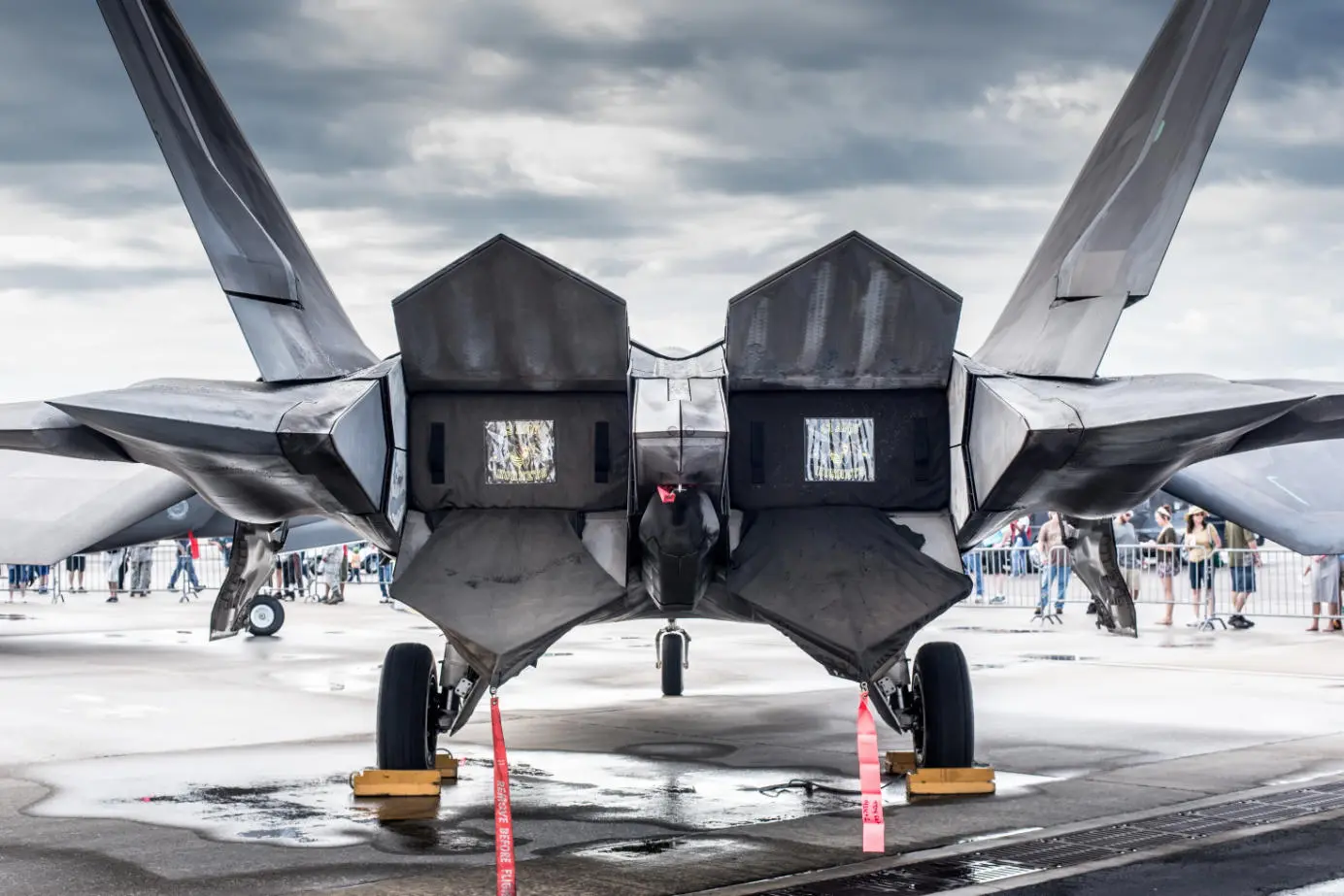
- Afterburner: The afterburner of the F-22 Raptor is a critical component that enhances the aircraft's thrust and speed. It is a secondary combustion system that injects and ignites additional fuel into the exhaust stream, significantly increasing power (and fuel consumption).
- Stealth Capabilities: Apart from its tremendous power, the F119 engine is designed to be low observable or stealthy. Its internal structure is optimized to reduce the aircraft's radar signature and incorporates radar-absorbing materials, ensuring the F-22 Raptor can operate with enhanced stealth capabilities. Furthermore, the rectangular exhaust nozzles contribute to the aircraft's overall stealth design, and the exhaust gasses themselves are flattened and mixed with cold surrounding air to lower the infrared signature.
- Supercruise: The supercruise ability, a defining characteristic of the F-22, allows the aircraft to sustain supersonic speeds without needing fuel-thirsty afterburners. This allows the Raptor to patrol vast areas at supersonic speeds, providing unmatched situational awareness and rapid response capabilities.
- High Power Density (Thrust-to-weight ratio): Another remarkable aspect of the F119 engine is its high power density. This means the engine offers exceptional power relative to its size and weight. Specifically, the F119 has a thrust-to-weight ratio of 6.7:1 when not using its afterburner and 9.0:1 with afterburning. Such power density provides the F-22 with exceptional agility, enabling it to perform astonishing aerial maneuvers easily.
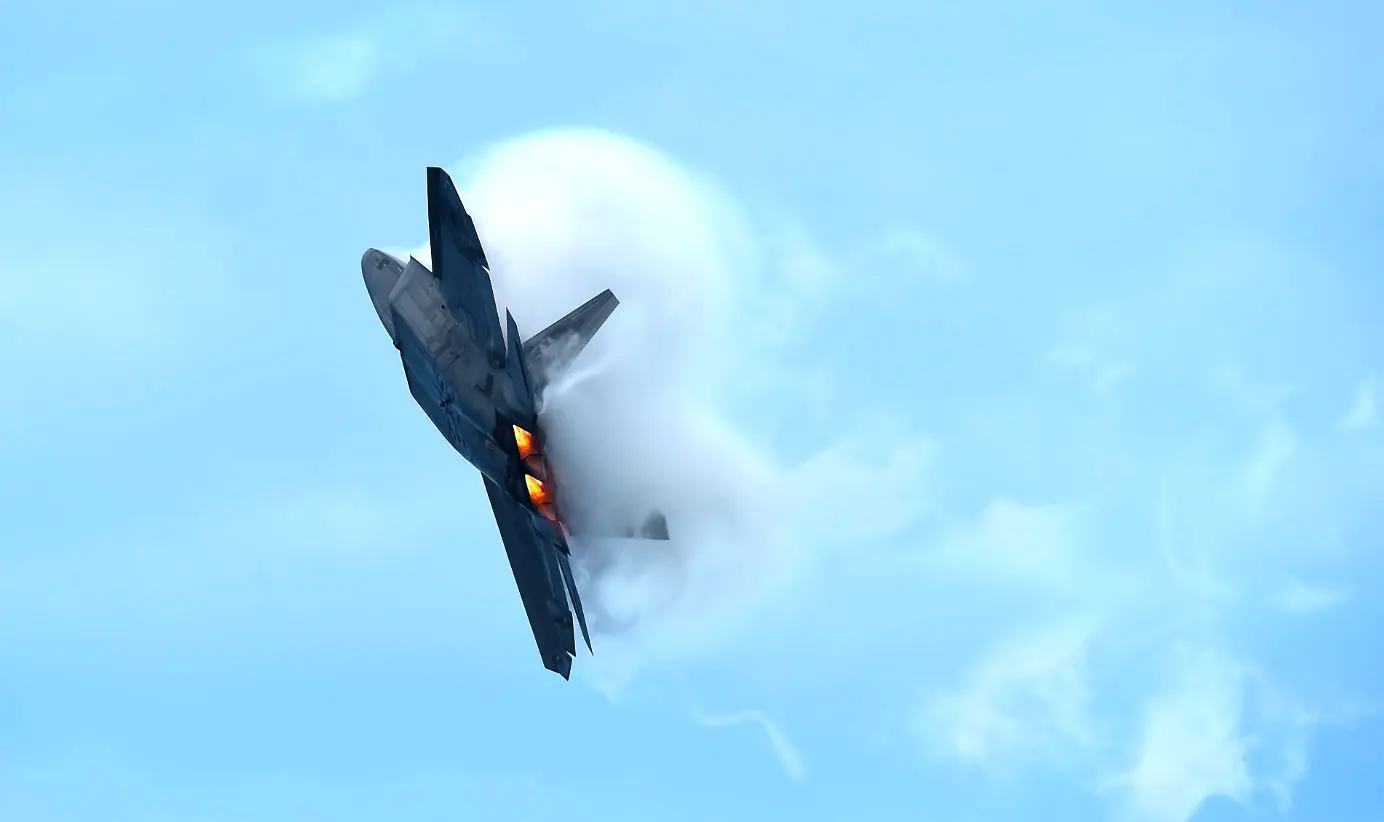
Conclusion
These advanced engines are the backbone of the Raptor's air superiority capabilities, allowing it to outmaneuver and outperform adversaries in both air-to-air and air-to-ground missions.
The F119 engines not only deliver unparalleled power but also ensure optimal efficiency, reliability, and maintainability, supporting the longevity and operational readiness of the F-22 fleet. With its cutting-edge propulsion system, the F-22 Raptor continues to reign supreme as the world's most advanced fighter aircraft.
Also read:
Planenerd Newsletter
Join the newsletter to receive the latest updates in your inbox.






